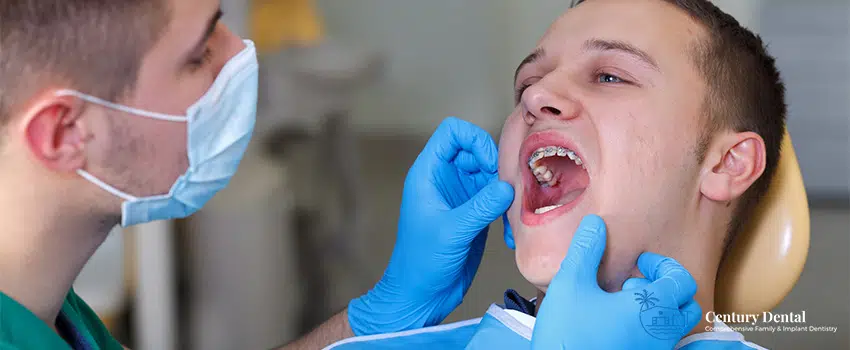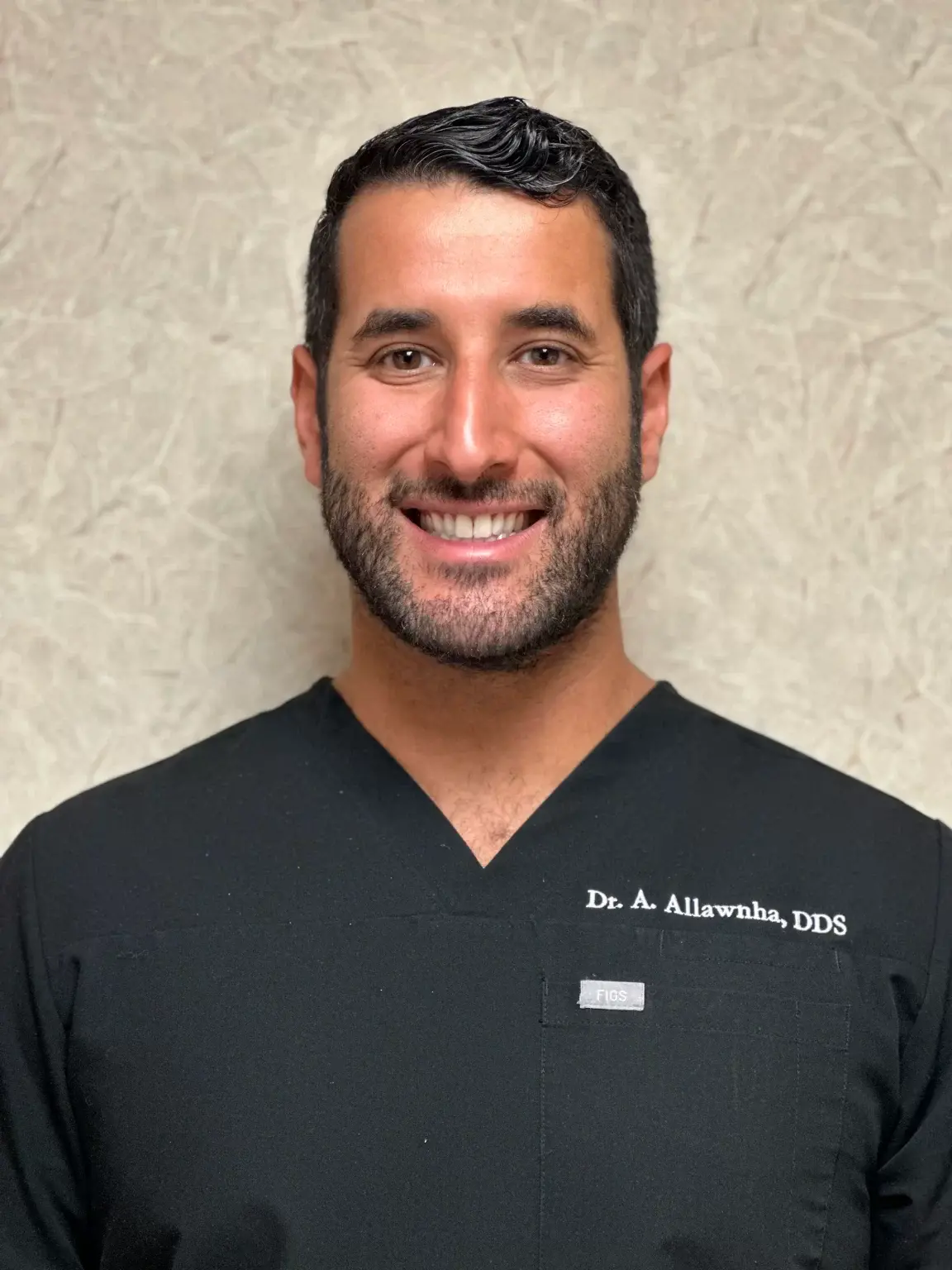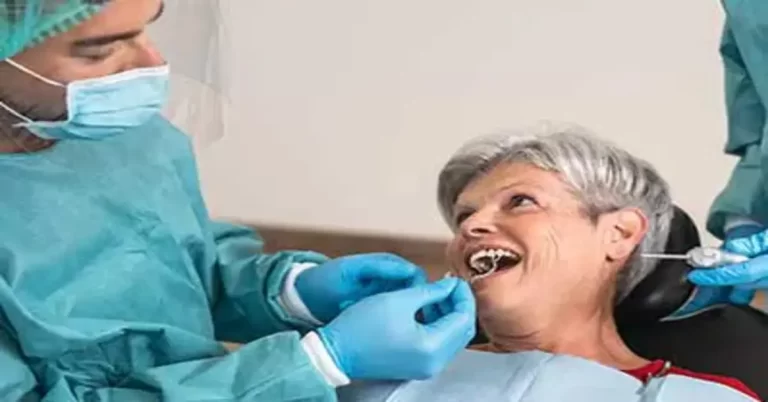Whether it’s a personal choice or a dentist’s recommendation, choosing between ceramic and traditional braces vs. Invisalign is based on several factors: your jaws, set of teeth, personal needs, and lifestyle. With this, the best orthodontic treatment plan is customized and tailored specifically for each patient.
Traditional braces used to be the only method for straightening teeth, but they were unsightly and cumbersome. Ceramic braces soon came into the picture as a less noticeable alternative.
With the advancement of technology, the dental field now offers an innovative set of clear aligners for teeth straightening treatment — Invisalign.
Choosing between Invisalign and traditional braces might seem easy. However, comfort levels, treatment costs, and duration of use are considerations that must be kept in mind.
To help you decide which treatment is best for you, we’ll walk you through some of the differences between braces and Invisalign.
What Are the Types of Braces?
Braces are a popular option for younger patients with developing jaws. It treats most types of alignment issues. Patients can choose which material to use to readjust their teeth and reshape their smiles.
Braces made of metal are effective in closing gaps and repairing overbites, underbites, and overcrowding. However, they are heavier and more noticeable compared to ceramic ones and can cause patients to feel a little self-conscious. Current versions address this issue by being lighter, smaller, and flatter compared to their older version. They also come with colorful accessories to make the experience enjoyable.
Ceramic braces offer the same treatment efficiency as metal ones–they’re just less visible. However, they break easily and create greater friction with the wires, which slows down treatment time. They are larger than metal ones, requiring more attention to keep them clean. They are sometimes used in combination with metal to increase durability.
How Does Invisalign Work?
As the name implies, Invisalign treatment is “invisible.” It is a unique form of orthodontic treatment where smooth, comfortable, BPA-free clear plastic aligner trays are worn over your teeth to gently align them.
These trays work by fitting tightly over the whole teeth surface. Patients wear a set of aligners that are replaced every two weeks. These are removable, so patients can enjoy foods that are not usually allowed for people with braces, like gum and popcorn. Plus, it helps maintain your overall health by keeping a brushing and flossing routine.
Invisalign braces are customized to fit each patient’s jaw and teeth structure. Your orthodontist will use X-rays, impressions, and pictures to create an accurate 3D model of your teeth.
Ceramic & Traditional Braces vs. Invisalign
Duration
Treatment duration is different for each patient’s case. Some factors that influence the length of treatment are age, the severity of the case, and commitment to the treatment.
Braces last for 1 to 3 years, depending on each case. With Invisalign, 18 to 30 aligners are customized within 15 months.
Total Cost
Generally, ceramic and metal braces, compared to Invisalign, are cheaper. The amount, although not specific, is usually based on factors like severity of the case, individual practices, labor, clinic location, and materials used.
To give you an idea, here are the average costs for Invisalign braces vs. metal braces:
- Metal braces: USD 3,000 to USD 7,000
- Ceramic braces: USD 4,000 to USD 8,000 dollars
- Invisalign treatment: USD 4,500 to USD 9,500 dollars
Comfort
Teeth straightening is not always a comfortable experience. Whichever treatment you choose, shifting the alignment of your teeth is painful.
Invisalign is the least painful treatment out of all three since the forces are gradually between each set of aligners worn.
With braces, there is more force placed on teeth after adjustment; more pain is felt.
Also, keep in mind that braces have sharp edges that can cut the inner lip and tongue. If you love playing sports, it’s best not to have metal braces to avoid incidental contact.
Appearance
The most obvious difference between Invisalign and braces is appearance. Typical braces are more noticeable compared to Invisalign. Metal and ceramic braces are attached to the outer and inner surfaces of the teeth. Invisalign braces are made of clear plastic, which a lot of older children and adults prefer as they are not easily noticeable.
Cleaning and Maintenance
Regardless of what treatment you choose, cleaning your teeth is a priority. Cleaning your braces is easy since you can brush and floss as usual. The only exception is when food gets stuck, which requires a smaller brush to remove.
The same goes for flossing and brushing teeth during Invisalign treatment. However, you may need more effort in cleaning the trays. You can use a brush with warm water or an Invisalign cleaning solution for rinsing.
Follow Up Visits and Aftercare
Both treatments require regular orthodontic appointments. Braces usually entail monthly visits to the orthodontist and every 4 to 6 weeks for Invisalign
.
For braces, post-treatment care requires wearing a retainer at night to maintain the adjusted position of the tooth. For Invisalign, you need to wear a tray every night after treatment completion.
Consult an Orthodontist Today
Now that you know the differences between Invisalign and braces, it’s time to talk to your orthodontist.
Both braces and Invisalign offer unique benefits and limitations; the best way to learn which service better suits your needs is by consulting your orthodontist. If you’re looking for the best dentists in St. Pete Beach, FL, look no further. Century Dental is here for you! Call us today and get a free consultation.





